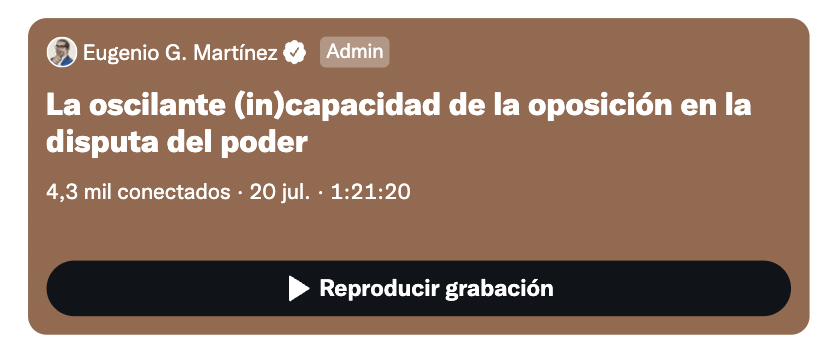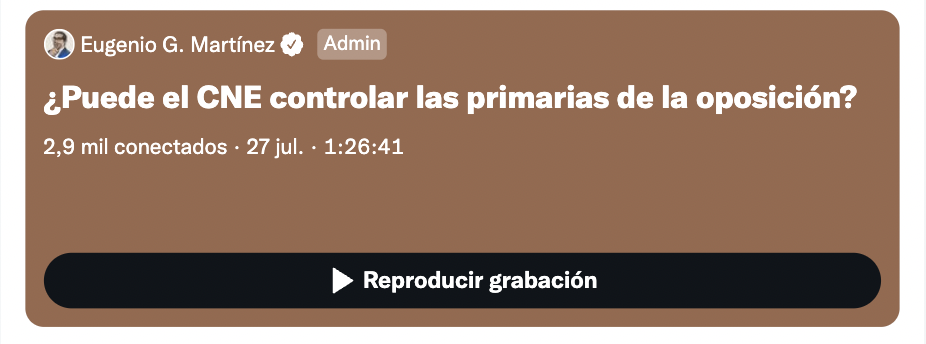| By Leonardo Vera / CarpeDiem Report Despite the Venezuelan economy is progressing amid a context of liberalization with a moderate economic revival, the economy is leading up to 2022 with few signs of strength to boost vigorous growth. Our previous report highlights three aspects that can be considered key to foresee changes in the economic growth for 2022, namely: a) the country’s way out of trade and financial isolation, b) improved conditions of the oil business, and c) a monetary and financial context marked by disinflation that involves a better and inclusive progress of dollarization. The last of these aspects underlies and stresses the need to reactivate the credit market. In fact, still in a disinflation process involved in a climate of increased certainty for investment decision, lacking a comfortable support of bank financing, the chances of a strong takeoff of the economic activity is languishing. In previous reports we have already noted that the inflation slowdown in Venezuela results from a sustained demonetization process which has ended shrinking the size of the financial sector to unexpected levels. Demonetization, a process driven by high inflation in the country and the inherent growing substitution of the bolivar for other liquid means of payment), is also recently explained by the monetary policy of the BCV aimed at drying up bank credit (and the creation of secondary money) through a bank reserve requirement of spectacular dimensions (85% for domestic money liabilities and 35% in foreign currency). This secular shrinking of the balance sheet has have such impact on the financial sector (such as the policy of liquid assets contraction), that the current credit portfolio of the entire banking system (both public and private) accounts for barely $221 million, which is roughly 0.5% of GDP. Just seeing the contrast that it represents with the economies of the Latin America and the Caribbean region is enough, with the credit-to-GDP ratio (financial depth) standing near 43 GDP points (before the pandemic). Furthermore, it is worth recalling that between 2004 and 2014 the credit-to-GDP ratio of the Venezuelan financial system showed a steady increase to reach near 37 GDP points by the end of the period. The nominal portfolio growth of 63.6% reported in the third quarter of 2021 (vs. the third quarter of 2020) dwindles compared to an inflation rate that amounts to 2,204% for the same period. This unusual credit crunch environment not only hits households hardest, for which credit ceased to be a consumer leverage option, but also narrows the potential for expansion of productive units. According to the latest Business Situation Survey released by Conindustria corresponding to the third quarter of 2021, the lack of bank financing is the second most important factor that affects the poor performance of manufacturing companies (after low national demand). At the moment, the financial system has gradually “inflated” with the authorization given earlier this year to receive deposits in dollars, but it awaits new progress of financial dollarization considering credit-granting in dollars. However, “dollarization” is still an irregular process and poorly conducted by Maduro’s administration. Furthermore, not all companies have a business model that can be readily adapted to new options. Many of them remain attached to the bolivar to operate and the choice of lifting financing in dollars by issuing banknotes is against the shallowness of that market and requires generating dollars to pay obligations. Meanwhile, in August this year Maduro announced his wish to boost credit allocation in “petros” (from public banking), a digital currency created by his administration, but that has been sanctioned by the US Department of the Treasury and is not trusted in the market. Therefore, this digital currency has not helped address the needs of the economy. Since in the operations in foreign currency bank’s reserve requirement rate is well below the one regulating the obligations in domestic currency, unquestionable incentives are being established so that the banking industry starts disbursing credits in dollars. An official authorization and agreement to ensure credit-granting in dollars within the banking system is a measure that will need to be implemented, sooner or later, to tackle the severe financial constraints on the economy. Meanwhile, the different sectors of the economy must support extra costs resulting from this particular performance of the monetary policy: the ordinary citizen who is financially constrained; the banking industry committed to ensuring the use of money just as a means of payment – in bolivars and dollars – and surviving with commissions related to such function; and producers losing opportunities to invest and expand their productive capabilities due to the lack of access to credit. |
WITHOUT CREDIT THERE IS NO PARADISE






